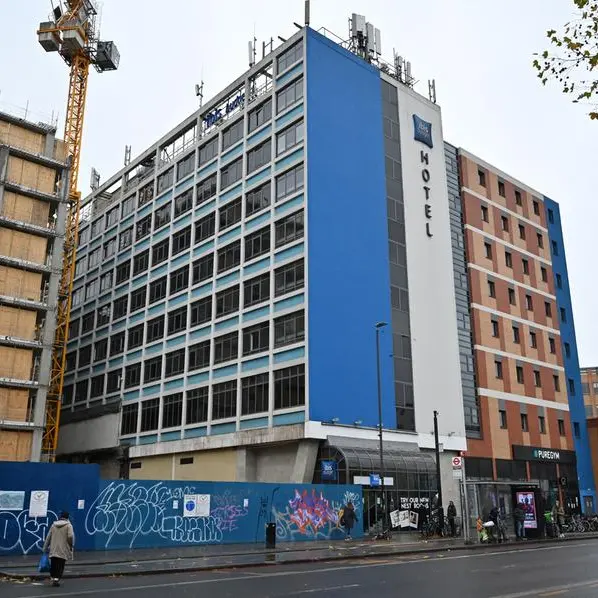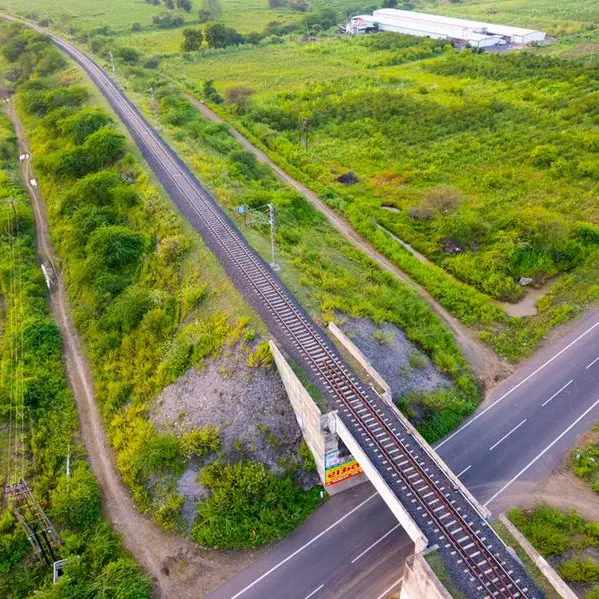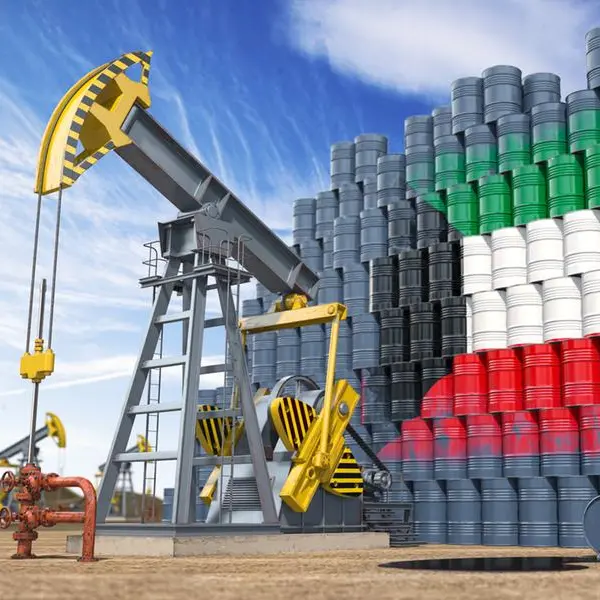The human mind can process only a limited amount of information at any point in time. However, artificial intelligence (AI), which is modelled on natural human intelligence, combines the processing power of computers to capture large amounts of data and process that information to identify patterns and trends.
AI uses machine learning to solve problems and execute tasks with greater speed and accuracy. Engineering and construction companies’ initial use of AI technologies comes with an upfront cost that not all companies are willing to pay, which hinders the adoption of these technologies. Mature learning models have a direct bearing on the effectiveness of the AI applications that use these models, and the quality of the data that is used to develop a learning model has a direct bearing on the development of that model.
Computers can gain AI in a number of ways. Machine learning uses massive amounts of data to train computers how to think. Computers can identify patterns and can learn by example. Through computer vision recognition, for example, computers can determine which construction workers are wearing safety hats at job sites. The AI computer vision algorithm is exposed to numerous photos of construction workers wearing safety hats, and these photos are classified accordingly.
Deep learning, meanwhile, takes machine learning to the next level by simulating the neurons in the human brain. As computers begin to process more data over a longer period, they continue to learn and adjust their algorithms, as humans do.
The adoption of AI technologies on construction sites began slowly but is gaining momentum. With cloud-based applications and mobile devices, the amount of data that is captured on a job site (e.g., photos and videos, materials used, labour hours, and equipment utilisation) has grown exponentially over the past 10 years.
This information is valuable in conducting deeper analyses, as well as in capitalising on trends and scenarios to make projects and companies more profitable. AI provides insights into data that humans cannot process - or cannot process quickly enough. It can be used to improve productivity, safety, quality and scheduling.
Technology startups that operate in the space of using AI in construction currently face several challenges in encouraging companies to work with them to develop learning models. These are:
- Uncertainty. Various tech startups are developing—or have developed—AI applications that solve the same problem(s) in the engineering and construction industry. Which AI application will survive? Which tech startup will survive and mature into a full-fledged business? Engineering and construction companies are faced with the challenge of choosing AI applications to invest in without running the risk of losing such an investment if the tech startup that owns the application becomes insolvent, or if they invest in an application that does not become widely adopted.
- Resource investment. AI applications need data to develop learning models, which requires the cooperation of the engineering and construction companies that own the data. Not all companies are willing—or can afford—to invest their resources in developing and testing learning models. Some may also be reluctant to share data which they see as representing their intellectual property and the processes that they use in conducting their work.
- AI ownership. Disputes over who owns the learning model also poses a challenge to the creating of new business models that encourage construction companies and tech startups to work together.
- Learning models. Models developed for the engineering and construction industry may vary by geographic markets, which could require the development of different learning models for each market. For instance, in North America, white hard hats are the de facto standard at construction sites. However, in the Middle East, hard hats could be of different colours. AI models would need to understand these regional differences.
- Slow return on investment. Engineering and construction companies may be reluctant to adopt AI technologies that require a longer period of return.
Any new technology has early and late adopters. Regardless of the challenges, AI is here to stay and is gaining momentum. Engineering and construction companies that are willing to invest their resources in researching AI technologies, conducting proofs of concept, and developing plans to adopt these technologies will position themselves to maintain market competitiveness and grow their market share.
Any opinions expressed here are the author’s own.
Disclaimer: This article is provided for informational purposes only. The content does not provide tax, legal or investment advice or opinion regarding the suitability, value or profitability of any particular security, portfolio or investment strategy. Read our full disclaimer policy here.
© Opinion 2018






















